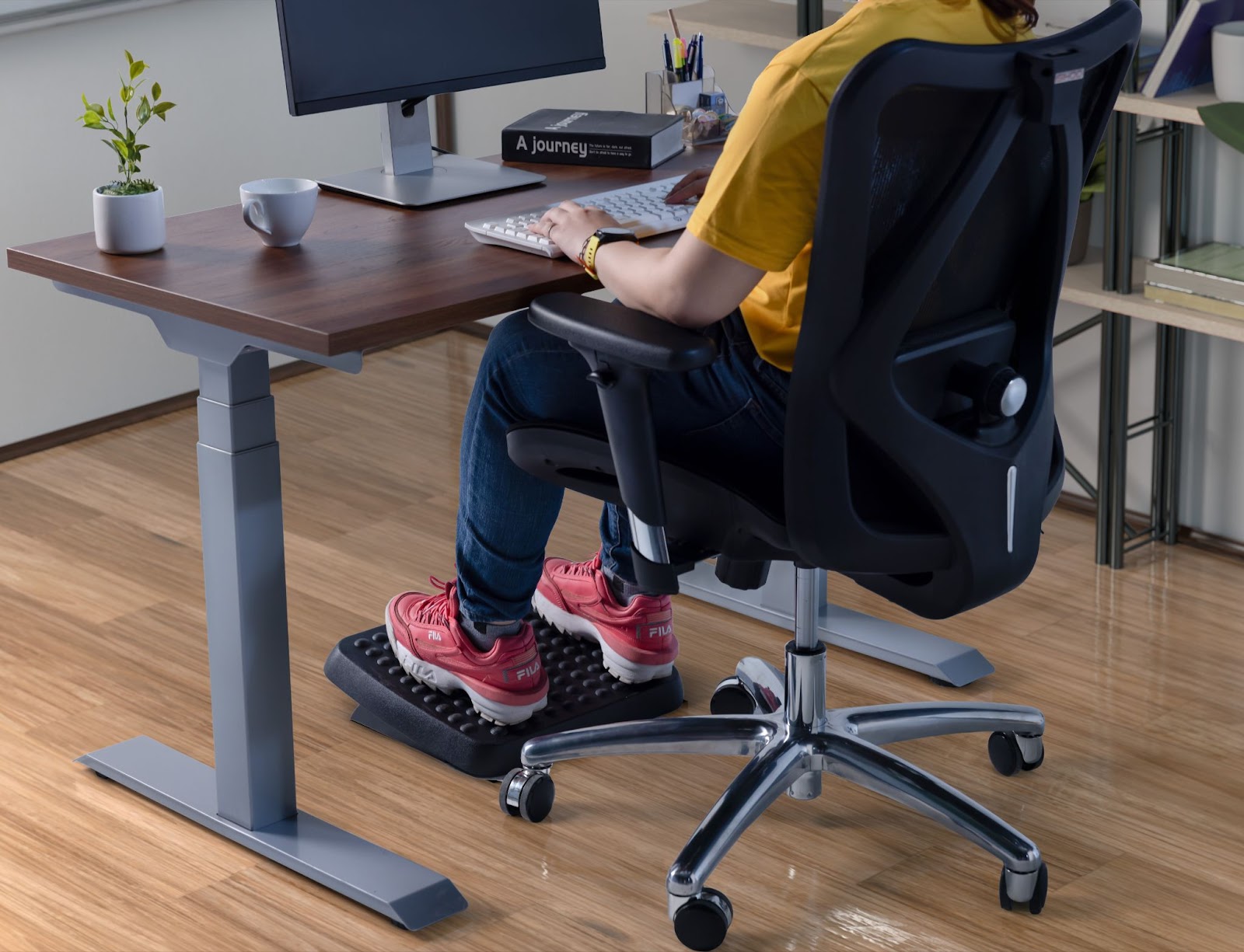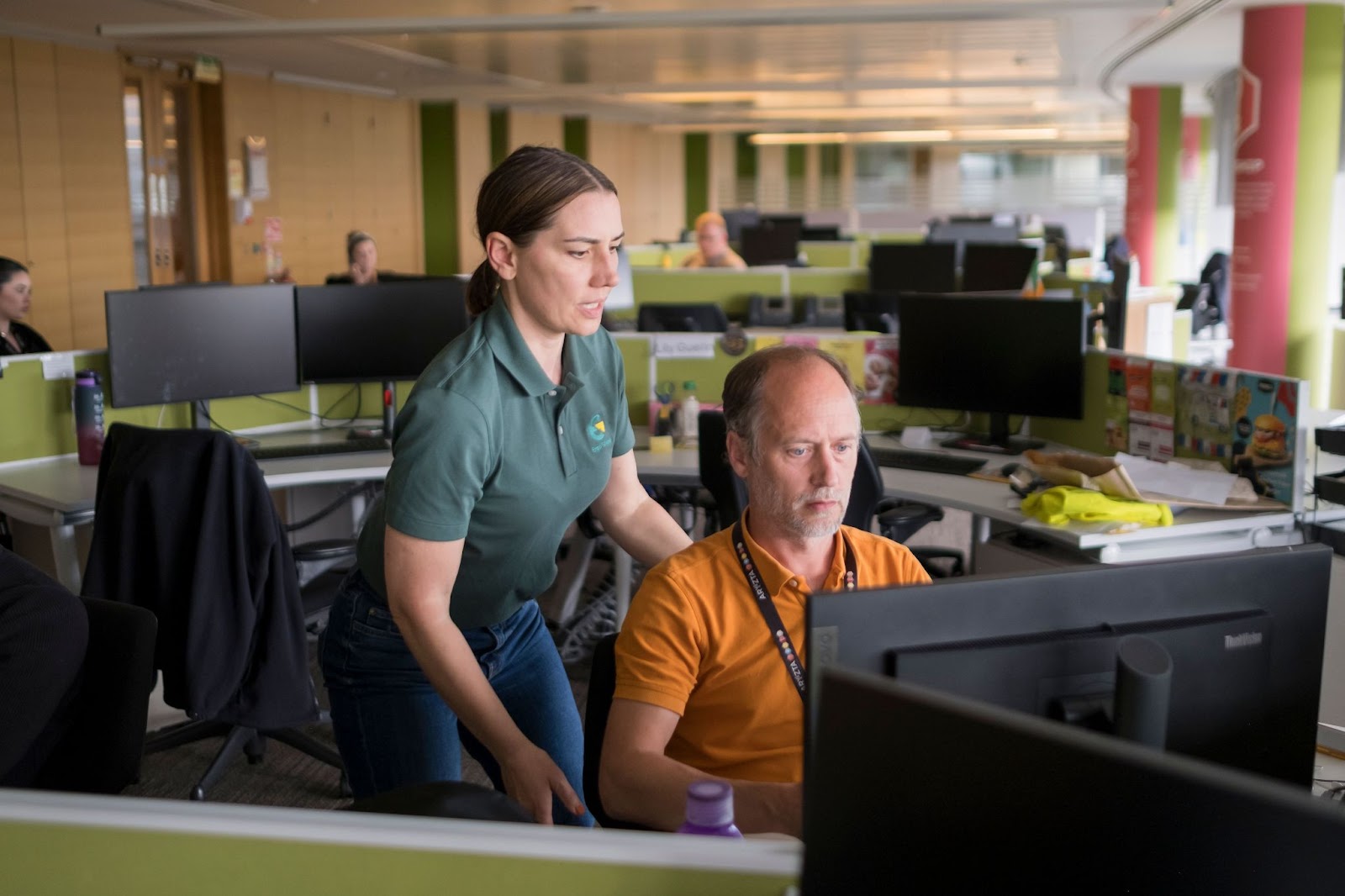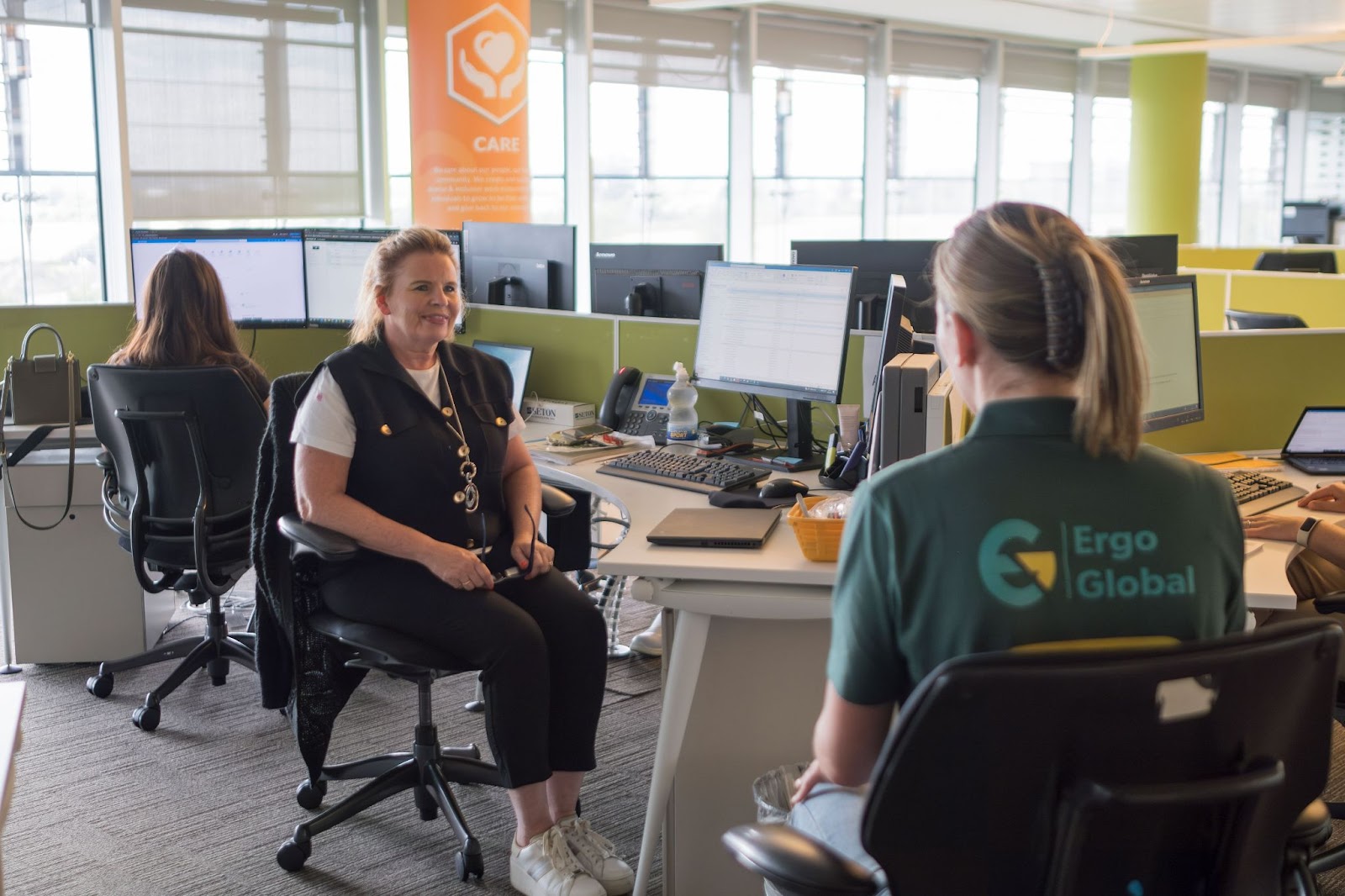Have you had dry eyes, blurred vision, or headaches recently? Are you spending long hours using screens at the moment? In recent times we are hearing many of our clients tell us that they are experiencing these issues for the first time. In a pre-pandemic world, there were natural reasons to disengage from screens at work – eating lunch while chatting with your colleagues, or attending an in-person meeting. These activities required you to look away from your screen at least momentarily! The nature of social distancing also means that many people are also using video calls in their personal life to stay connected with friends and family. Although this is great, we also need to consider the impact that prolonged screen use can have. Let’s discuss reducing screen time.
EYE STRAIN
When using screens, we blink far less than we usually would. This means that our eyes fatigue quicker. Our eyes are a muscle and like any other muscle, will fatigue when being used constantly. Symptoms of eye strain include dry eyes, headaches, blurred vision, or difficulty focusing. Eye strain is easily avoidable by changing up our habits and simply giving our eyes a break.
REDUCING SCREEN TIME AND YOUR HABITS
Firstly, are you guilty of spending breaks away from your workstation scrolling on your smartphone? If so, you may not be giving your eyes any break from screens at all. This is something we can change greatly just by being aware and taking time to ensure we have screen-free time throughout the day. For example, ensure you do not have any screens around you while eating meals.
Ask yourself – do I look at my phone throughout my lunch break? Do I spend every evening watching TV? If your answers to these are yes and you also use a screen for work each day – it is likely that your eyes will be at risk of fatigue. Make a conscious effort to monitor how many hours of screen time you have daily, and reduce this where possible.
VIDEO MEETINGS AND EYE STRAIN
Video meetings can certainly be fatiguing. Where possible, try to manage your schedule to allow for short breaks in- between meetings. Take time to familiarise yourself with the settings available. For example, change to active speaker view instead of multiple tiles. This will be less tiring on your eyes. Similarly, take time to adjust the contrast to identify what feels most comfortable on your eyes.
REPLACE SCREEN TIME
Consider replacing screen activities with alternatives, for example, listen to music or a podcast instead of watching TV or scrolling on a tablet.
From a work perspective, where possible can you dial into a call and keep your video off? If this is a possibility, put a headset on, keep your eyes off the screen and why not stand up and stretch also?
Try to get outside for a walk, run or cycle and disengage completely from screens for a least a while each day.
YOUR SCREEN SETUP
When it comes to your workstation, the correct set up can make a big difference. Check the contrast, brightness, and location of your screen. Your screen should be approximately one arms length away from you and easily readable when sitting with your back against the backrest of your chair. Alter the font size as needed also. If you wear bifocals, ensure that your screen is a little lower, you need to ensure that you can comfortably look out of the lower portion of your glasses.
20-20-20 Strategy. This is a great way to ensure you give your eyes sufficient breaks from screens. For every 20 minutes spent looking at a screen, look away- 20 feet- for at least 20 seconds. This is an easy guideline to implement which can make a big difference.
Get your eyesight tested. For those of us who are regular screen users, it is good practice to have an eye test yearly. If you do have any symptoms of digital eye strain currently e.g. headache, blurred vision, dry eyes, or difficulty focusing, speak with your healthcare provider about having an eye test.
ERGONOMICS SUPPORT FOR YOUR COMPANY
To learn more about office setup and good ergonomics principles, you can reach out to Fit for Work to talk about how an ergonomic programme within your office can increase productivity, increase staff satisfaction, improve staff retention and reduce sick leave.



